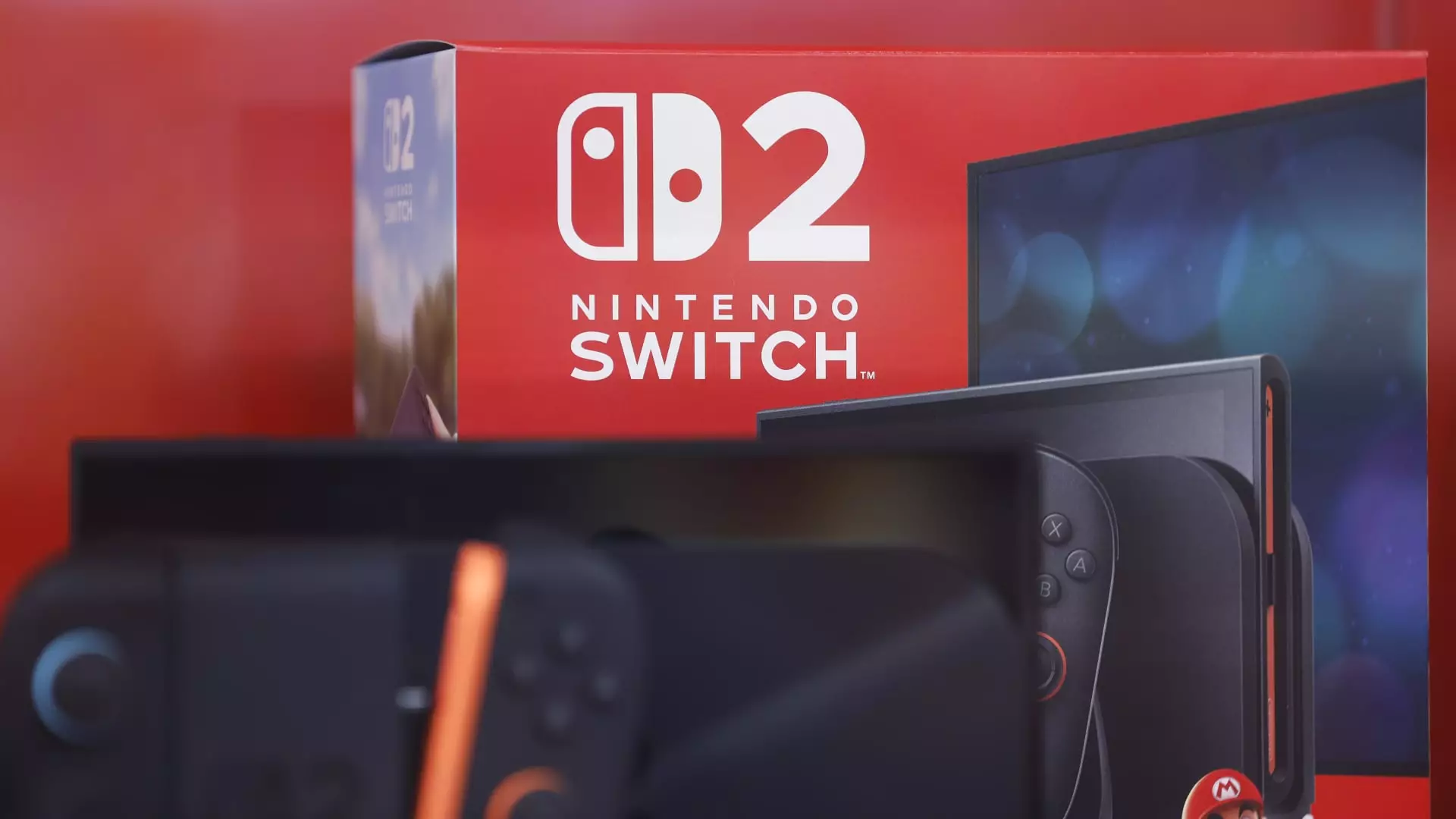Nintendo’s recent financial report presents an eye-catching narrative of robustness and resilience. With revenues more than doubling and remarkable sales figures for its new Switch 2 console, the company appears to be thriving amidst a competitive industry landscape. Sales of 5.82 million units within the first month of release demonstrate a clear consumer appetite for innovative gaming hardware, especially when a product offers a compelling experience that justifies a higher price point. This explosive growth, however, should prompt a deeper analysis beyond surface-level excitement. Are these numbers truly sustainable, or are they a mirror reflecting hype-driven consumer behavior? Furthermore, the company’s decision to uphold its conservative sales forecast—aiming for 15 million units—despite analyst optimism hints at an internal caution that might stem from market uncertainties, geopolitical tensions, and escalating tariffs.
Market Leadership Tied to Short-Term Momentum, Not Long-Term Strategy
Despite the impressive quarterly results—12.5% year-over-year revenue increase and a relatively solid operating profit—Nintendo’s strategic outlook seems somewhat complacent. Maintaining revenue and profit guidance amid rapidly changing industry dynamics and a sometimes volatile global economy might be shortsighted. Industry giants often fall into the trap of chasing immediate hype without reevaluating the foundational shifts necessary for enduring growth. It’s worth questioning whether Nintendo’s reliance on its intellectual property and traditional hardware sales suffices to sustain momentum. The decline in revenue from “The Super Mario Bros. Movie” also signals potential vulnerabilities in diversifying revenue streams. Relying heavily on hardware sales, especially when facing foreseeable headwinds like tariffs and market saturation, could be a risky gamble that leaves Nintendo exposed in a less predictable future.
Global Tensions and Tariffs Threaten Long-Term Stability
Crucially, the looming threat of increased U.S. tariffs demonstrates the fragility of Nintendo’s current trajectory. While analysts believe the company can absorb some shocks by broadening its consumer base, this optimism risks understated complacency in the face of real geopolitical headwinds. The reality is that international trade conflicts, inflationary pressures, and regulatory challenges are more than mere background noise—they are active destabilizers capable of eroding profits and dampening long-term growth prospects. Nintendo’s assurance that it will “recoup losses in the long term” seems more like a strategic hope than a concrete plan. Without substantive measures to mitigate these risks, the company’s growth could plateau or even regress after the initial hype fades.
The Critical Need for Innovation and Diversification
Ultimately, Nintendo’s current success underscores an uncomfortable truth: physical sales and blockbuster launches alone are insufficient for sustainable evolution. The gaming industry demands innovation that extends beyond hardware upgrades—embracing digital expansion, new media, and community engagement. The company’s focus on its existing intellectual property, while a proven formula, risks stagnation if it doesn’t adapt to shifting consumer preferences and technological advances. To truly capitalize on its momentum, Nintendo must challenge complacency, invest in new entertainment formats, and cultivate a diverse revenue model indifferent to geopolitical risks. Only then can it transition from short-term triumphs to a resilient, future-proof enterprise capable of thriving amid the uncertainties that loom on the horizon.

